Mt. Teide - 3718mt - Tenerife
In Tenerife you can walk from the sea up to more than 3700m of altitude: a good premise for my holiday in the Canary Islands!
A year has already passed since my vacation in Tenerife, and the excursion that I remember most is certainly the one to its highest peak, the Pico del Teide, with its 3718 meters.
If you were going to follow in my footsteps on this itinerary, let's start from the prerequisites: to go up you need a permit! The Pico del Teide is inside a national park, which issues permits to go up. There are three options for climbing to the top:
- rely on a guide, who will obtain permission for all participants
- ask the National Park for a permit to go up alone: in some periods of the year it is necessary to book at least three months in advance, 200 permits are issued per day, but the request is very high
- sleeping at the Altavista Refuge: the refuge has 54 beds, and those who stay overnight are allowed to climb to the top, provided that they return down by 9 am - when the ascents start with the ordinary permit.
Many of those who go up with the ordinary permit go to altitude with the Teide cable car, and travel only the last stretch on foot (about 200m ascent). I decided to stay overnight at the Altavista Refuge, to enjoy the starry sky at 3200m altitude, and to climb to the top at dawn.
So I started from 2300m, where I left the car, to go up the Montana Blanca dirt road, in a lunar landscape to which we are definitely not used to here in the Alps.
We come immediately to the recommendations: bring lots of water, cover yourself from the sun and bring good shoes! I made my climb in February, and during the day I assure you that the heat was almost unbearable for me. We are at medium-high altitudes, near the equator and in an area where the trade winds blow tirelessly: the equation for dehydration and sunstroke is complete. Although it is not a particularly technical route, the volcanic terrain can be insidious for those who are not used to it, and a simple fall on these sharp stones can quickly turn into a bad adventure: a suitable shoe will allow you to enjoy the view safely!
The dirt road starts slightly uphill, and in about 4.5 km you climb the first 400m of ascent, reaching a saddle between Montana Blanca and the path that continues towards Teide. We are in the typical explosive volcanic landscape: the ground is covered with pumice, the vegetation is almost absent, but it is an area of very high ecological and landscape value.
The Huevos del Teide appear here, huge rounded boulders: they are volcanic spheres of growth, formed with fragments of lava which, rolling down the slope, have grown to stop at the foot of the flow (snowball effect).
Beyond Montana Blanca, the dirt road turns into a path, and the slope increases sharply (in some places it reaches 60% gradient).
The sun here leaves no way out, and water reserves, although it is not a very long hike, are essential.
We climb in small zigzags between the sharp stones, and in about 2.4km we overcome the 500m that separate us from the Altavista Refuge.
With its 3260m altitude, the Altavista Refuge is the highest building in Spain, once used as a base for studies in the park, it is now a comfortable base for hikers.
For us from the Dolomites, accustomed to refuge that are almost hotels, this place is somewhat unique. Until 5 pm only the central room is open with its vending machines (water, coffee, drinks and snacks), at 5 pm also the kitchen opens, where everyone can cook the food they have brought for themselves. At the opening, the staff summons the overnight visitors one by one, delivers a bag to bring their waste down, explains the functioning of the kitchen and assigns a bed in the dormitory. The refuge is open until 10pm, the dorms open at 7pm.
My night in the refuge was practically a nightmare, because my comrades in the dormitory - perhaps victims of the altitude - did not have a moment of peace all night and did not let me sleep ...
It doesn't matter, at 5:30 the alarm goes off and off you go! The starry that can be enjoyed from up there is incredible.
After a light and quick breakfast, I turn on the front light and walk towards the top.
Still on a steep climb, in this pumice desert, you climb another 300m in altitude up to the Mirador de la Fortaleza, then you begin the long traverse that leads in the direction of the cableway arrival station.
From here, after passing the turnstile where the guards check the permits during the day, continue along the "rambleta", the steep final stretch that leads to the top, between stone blades and sulphurous eruptions.
I reach the top quickly, and we are only two. Time passes, and despite having chosen the climb with overnight in the refuge, at dawn the small peak is rather crowded.
The spectacle of the sun rising over the ocean is breathtaking.
Going down you can chain the crossing up to Pico Viejo, to continue enjoying the beauty of this barren and wonderful landscape all day long!

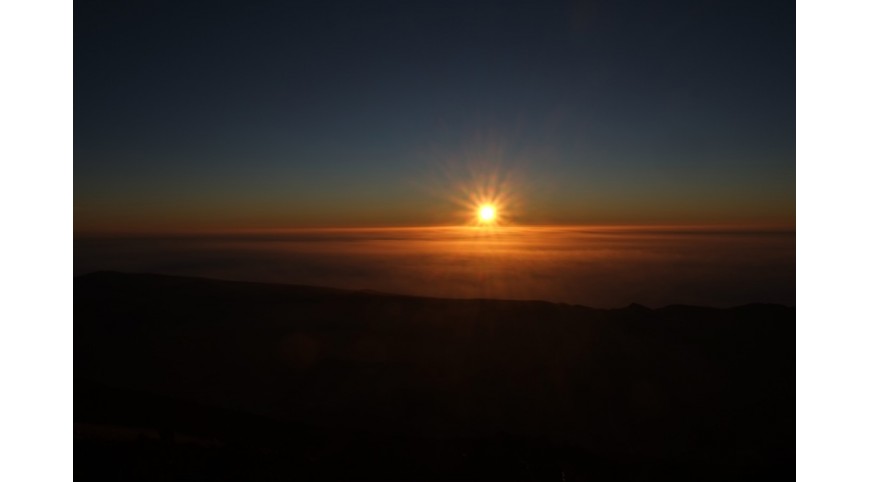
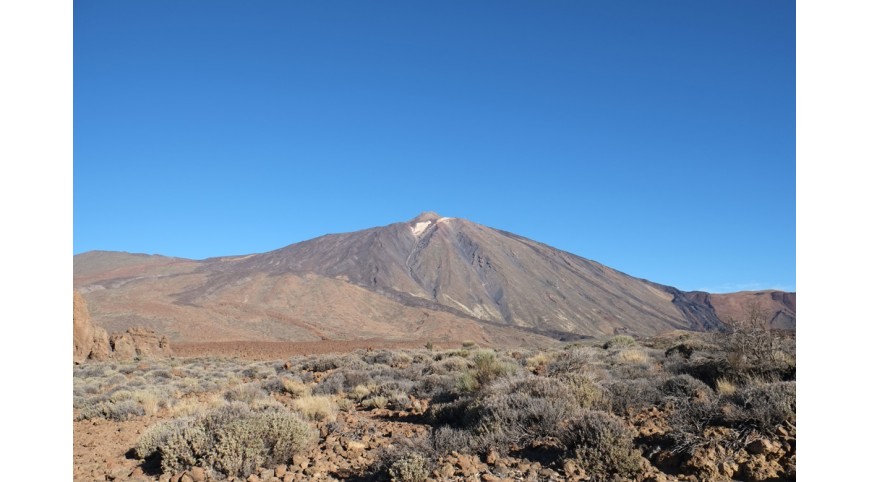
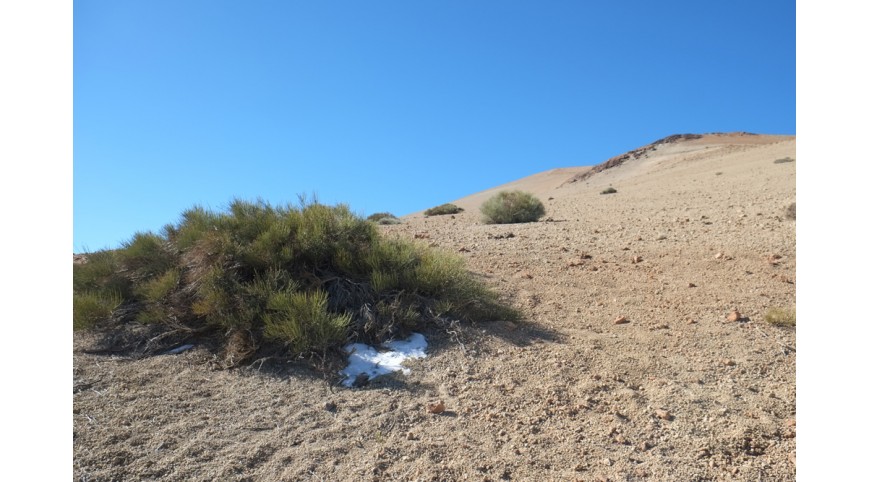
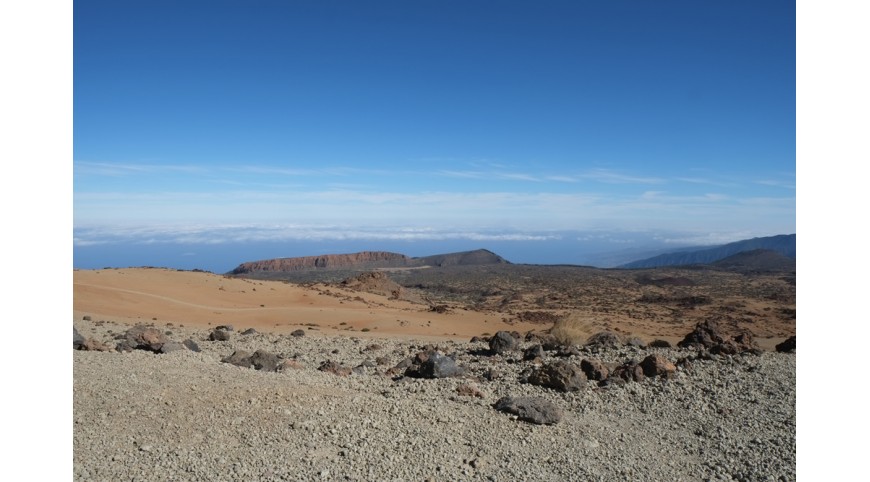
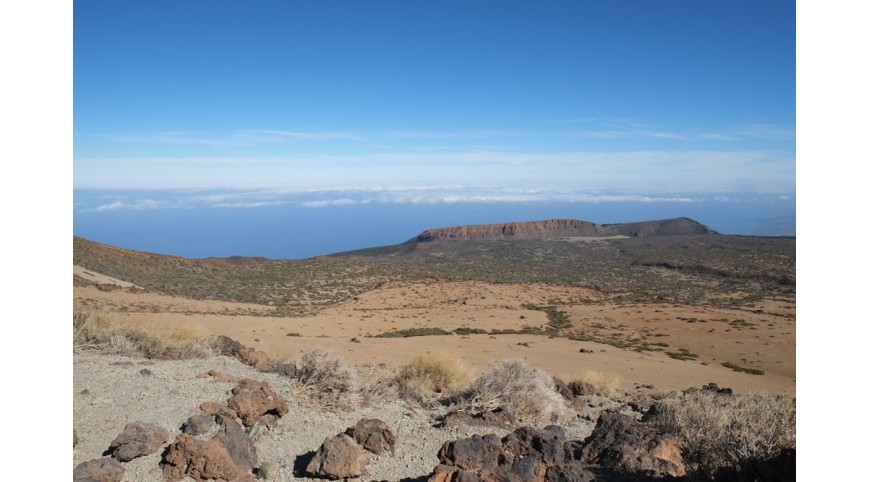
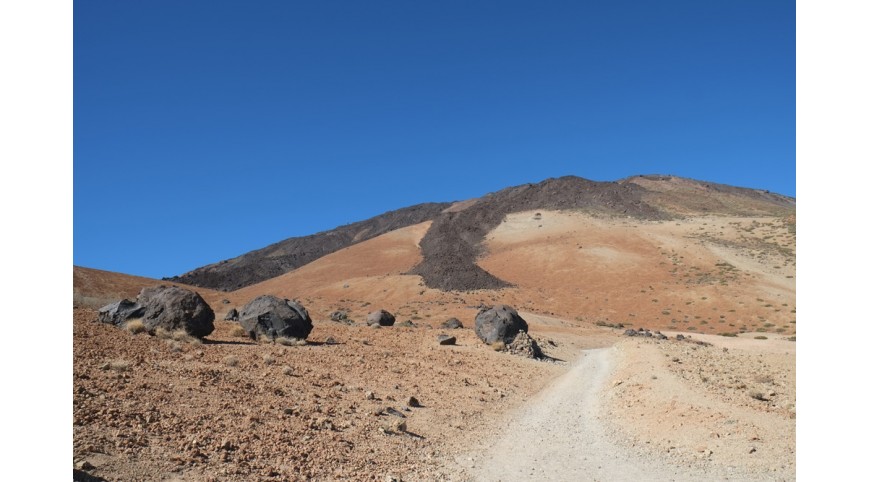
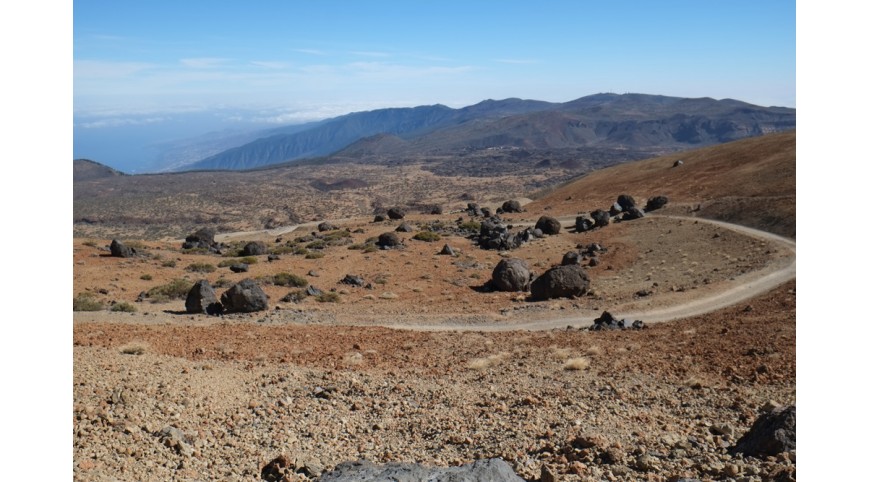
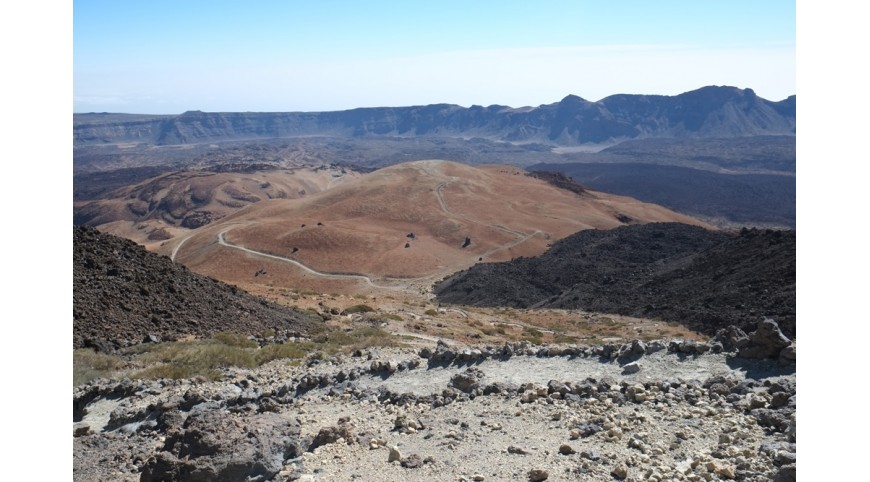
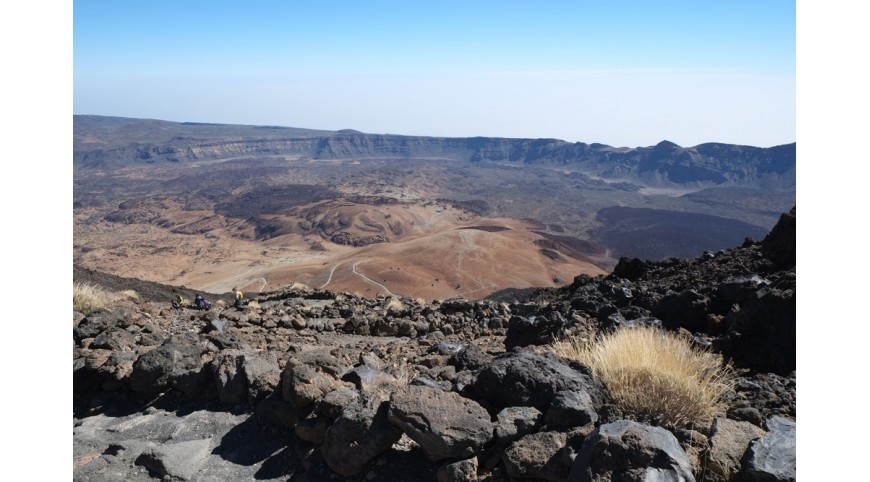
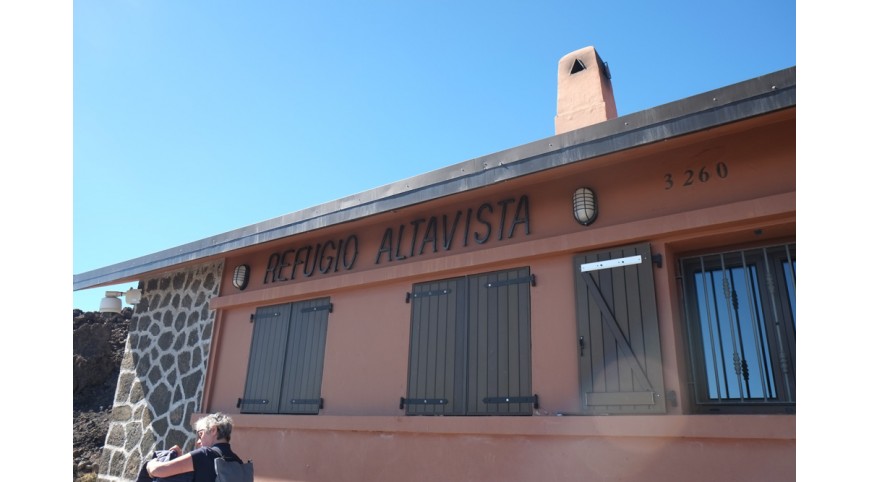
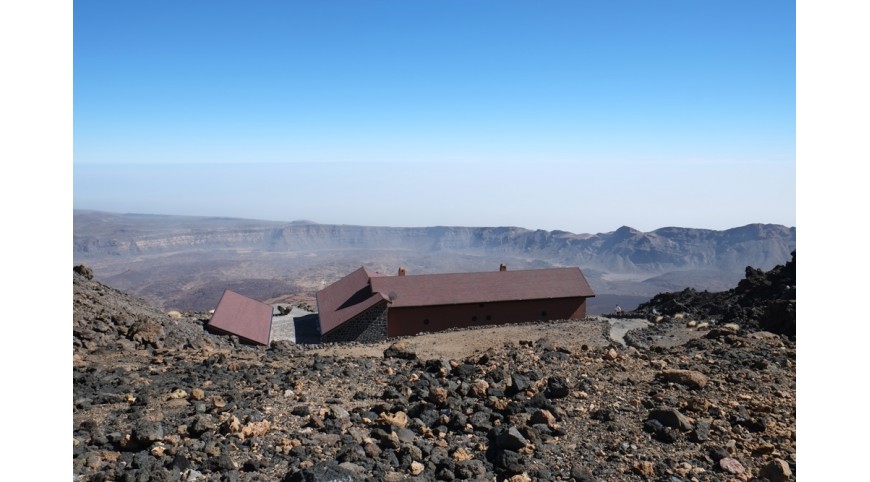
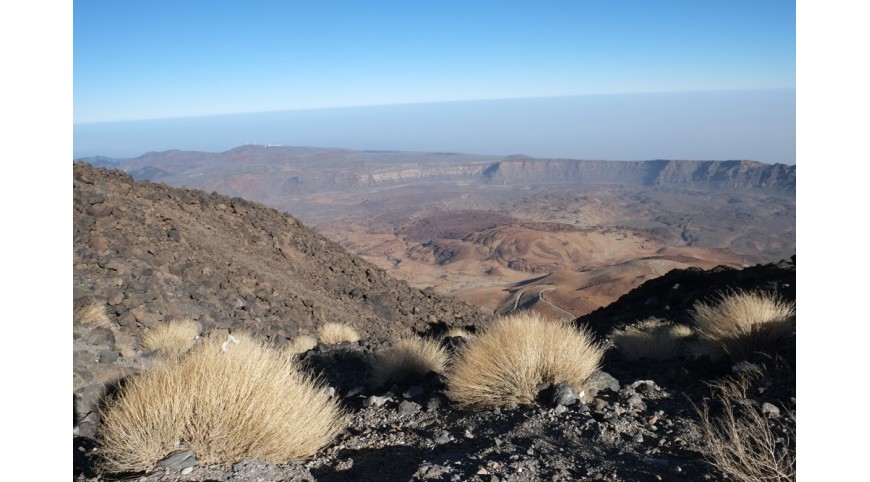
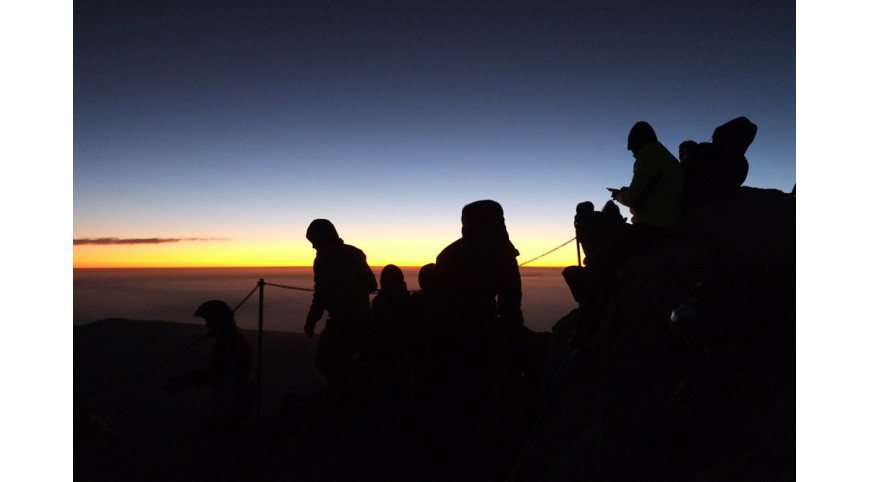
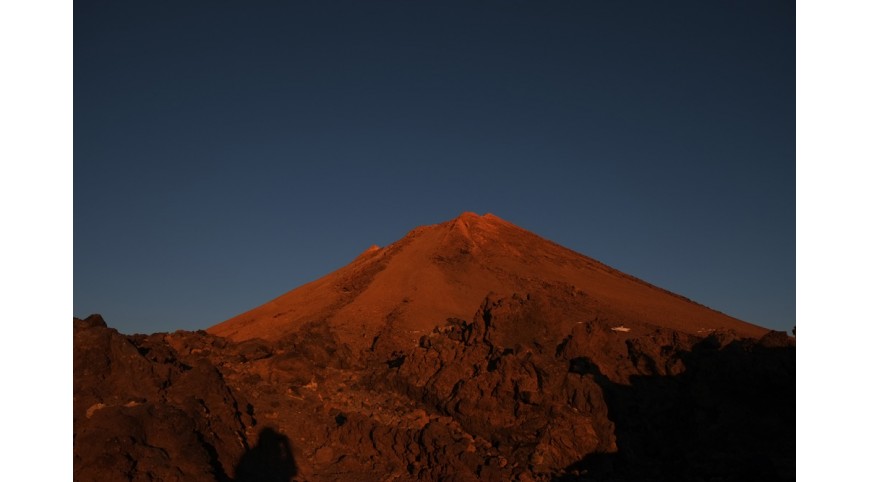
All comments